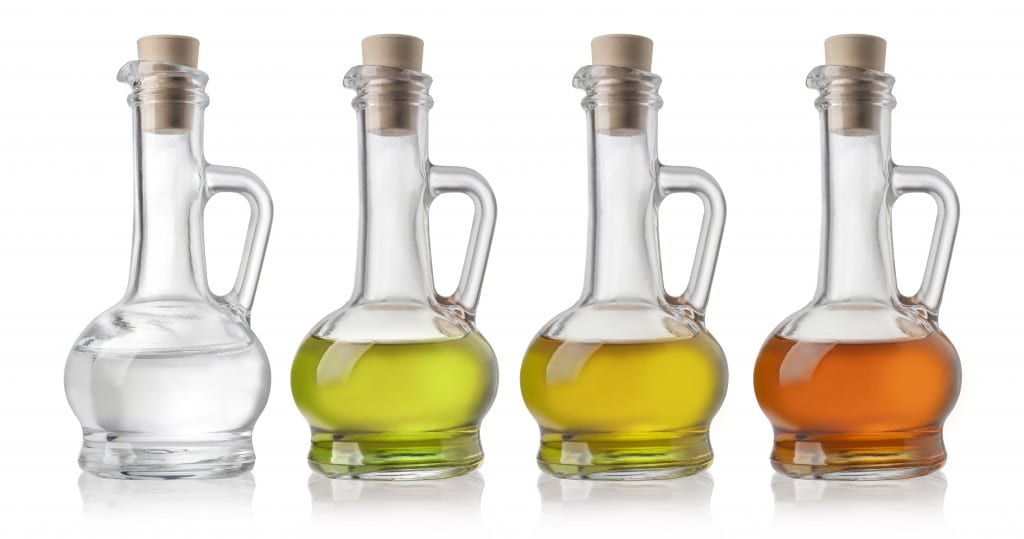History of the Vinegar Institute

This industry association was founded in 1945 by a group of Midwestern apple cider vinegar manufacturers known as the Apple Cider Vinegar Association. Reorganized in 1955 as the Vinegar Institute, and again in 1967, membership has grown so that today it represents companies that produce the majority of the vinegar manufactured in the United States. The organization also represents international members in numerous countries, such as Argentina, Brazil, Canada, Germany, Panama and Sri Lanka, to name a few.
In 1967, Bill Richter, a vinegar manufacturer, felt the time had come to form an organization that would represent all types of vinegar manufacturers and bottlers from all over the country and not limit interest to apple cider vinegar. Bill’s father, Oscar A. Richter, was President of the Apple Cider Vinegar Association. The Institute is now composed of manufacturers and/or bottlers of all kinds of vinegars, as well as suppliers to the industry, such as ingredients, packaging and equipment.
The primary mission of the Institute continues to be coordination of activities among the members with the goal of continuing to ensure the highest quality vinegar to consumers and increases its awareness. The Vinegar Institute acts as the voice of, and spokesman for, the vinegar industry.
An integral part of the Institute is the Scientific Committee, which is comprised of technical representatives from the member companies. The Committee is constantly involved in projects that will benefit the industry. One of the most significant contributions of this group was the adoption in November 1974 of specifications for white, cider and wine vinegar. Prior to that time, the only recognized definitions for vinegars were those based on The Food and Drug Administration’s guidelines which were originally created in 1906.
A Promotion Committee was formed in 2002 to explore promotion opportunities with an eye toward increasing vinegar consumption in a manner to benefit all VI members.
